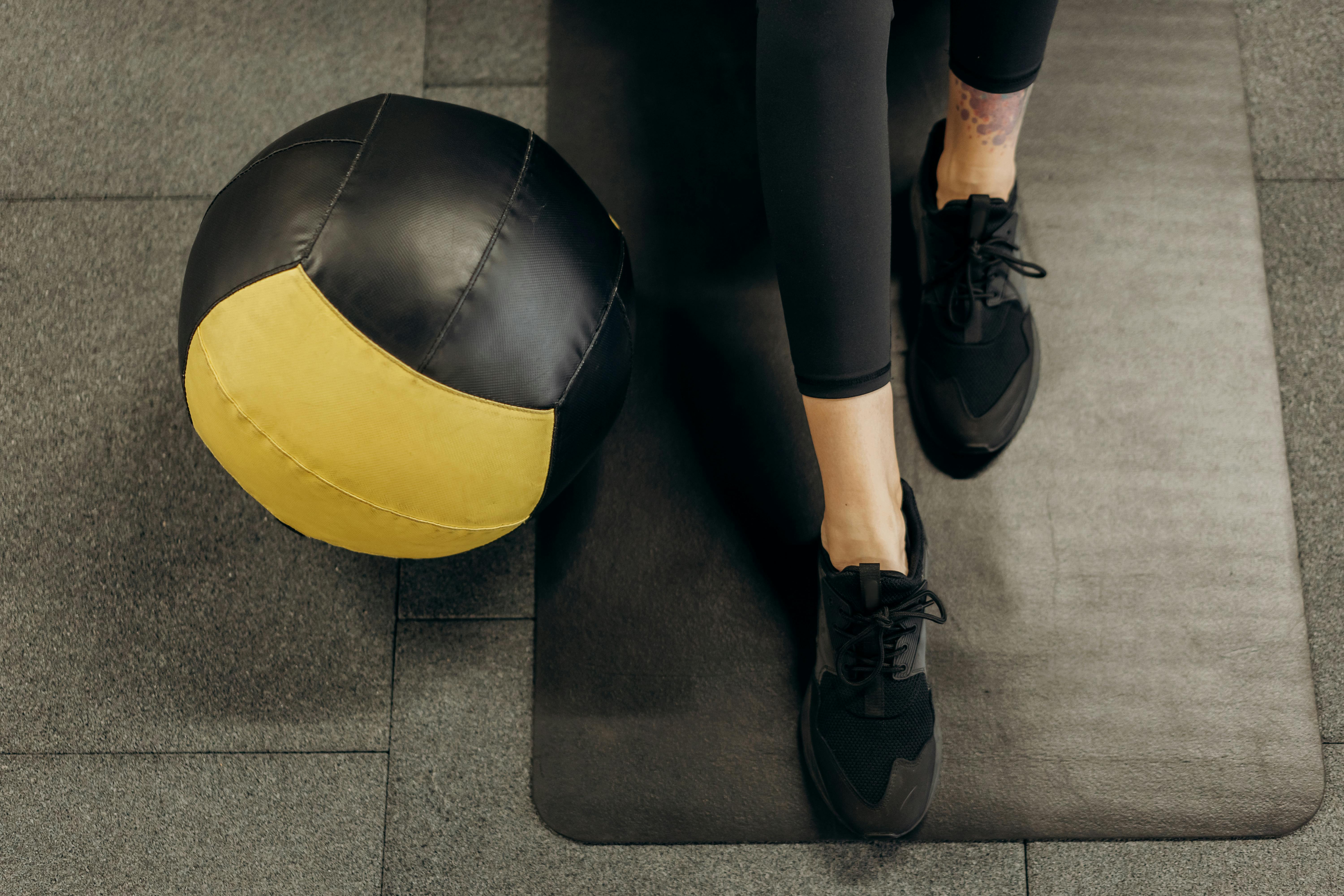Every HIIT workout consists of three key components, without which it cannot be classified as a HIIT workout. These are:
Heating
anaerobic periods
recovery periods
Each of these components plays an important role in HIIT exercises. We’ll take a closer look at them to see why they’re important and what role each plays in a typical HIIT routine.
Heating
A warm up means preparing your muscles for any upcoming exercise, such as running or working out. Ideally, a warm-up session should mimic real exercise, but at a lower intensity. Warm-up sessions are especially important in a HIIT workout due to the high intensity of the workout.
Warm-up sessions have several benefits. Basically they increase the circulation of oxygen and blood throughout the body and “warm up” the muscles. This is because cold muscles are more prone to injury as they cannot absorb shock as well as warm muscles. Therefore, warm-up sessions tend to last longer in colder climates.
With a HIIT session, the intensity of the exercises is much higher than with a normal training routine. As a result, the risk also increases. In such a situation, a warm-up session becomes the most important thing for the athlete in order to avoid serious injuries to the body.
Every HIIT routine must be preceded by a good and adequate warm-up routine that exercises all the muscles of the body. You have to be aware that stretching is not a warm-up exercise.
anaerobic periods
HIIT exercises, unlike normal workouts, incorporate both anaerobic and aerobic periods into the session. High intensity periods are usually anaerobic exercise sessions. They force the body to work intensely in a short period of time, which makes the anaerobic system provide energy to the body.
Anaerobic activity also results in the buildup of lactic acid in the muscles, leading to fatigue, soreness, and a burning sensation. Performing HIIT increases the lactic threshold, which allows the athlete to use the anaerobic system for longer.
Most workouts use steady state exercise, which generally keeps you in the aerobic zone for the entire training session. HIIT, on the other hand, also incorporates anaerobic exercise throughout your intense work bouts. The intensity of these sessions forces the athlete to push their anaerobic threshold and develop it over a period of time. It is these anaerobic sessions that result in EPOC, which helps burn fat and lose weight associated with HIIT.
recovery periods
Recovery periods in HIIT routines also play an important role. Recovery periods are the aerobic part of the HIIT session. These rest intervals allow the body to return the heart rate to a state that allows you to enjoy another high intensity session. They also eliminate the lactic acid formed during the anaerobic session and circulate oxygen throughout the body. Therefore, they play an important role in prolonging training.
In addition, being aerobic intervals, they also help in the development of the individual’s aerobic system. Thus, HIIT exercises allow the individual to develop the aerobic and anaerobic systems at the same time.
